Americans are first introduced to Helmand Province from the air. A mass of mountains gives way to sand, patched with green, snaking south along the Helmand River, a roiling brown crease at odds with the fields of poppy and sustenance crops it feeds.
I first met Helmand in November of 2010 from the back of a C-5 Loadmaster, a military cargo plane that’s been hauling American troops into Afghanistan since our war there began in 2001. A gaggle of 19- and 20-year-old Marines, myself among them, crowded around a small, circular porthole catching glimpses of the terrain below. The sergeants stayed in their seats. Most were Iraq veterans, and a few had already been to Afghanistan; they’d already crowded around airplane windows, nervously wondering if the sand 10,000 feet below them would soon become their grave. I had been a United States Marine for seven months, my shaved head both tradition and testament to my combat virginity.
I had not learned to hate Afghanistan yet. I was a believer in our mission there: not just defending America from its enemies, but helping the Afghan people take their country back from the Taliban, so they could one day stand alongside America as a free, independent country in a part of the world where authoritarian regimes and terrorist organizations reigned with impunity. The calculus in my young mind was devoutly simple. When a public affairs officer gave us a briefing about encountering journalists on our deployment, he fed us prepared lines about counterinsurgency and supporting Afghan allies. What would we tell a reporter our mission was? Lance Corporal Richmond, who already had an Iraq deployment under his belt, spit out his dip and piped up. “We’re here to kill terrorists. Sir.”
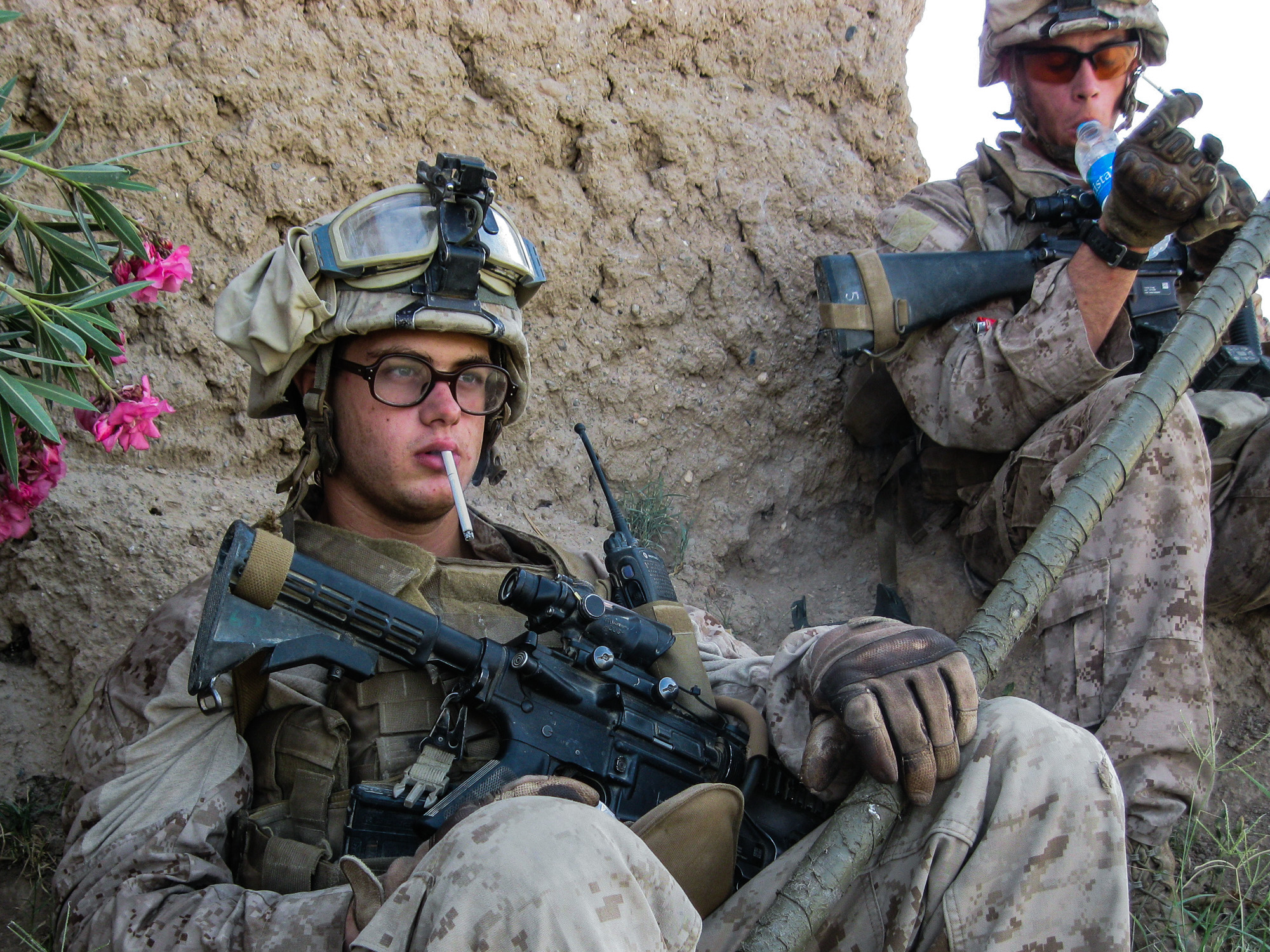
(Photo: Christopher Jones)
This April I met Helmand again. It was the first time I’d been there since 2013, and my shaved head and face had given way to an overgrown combover and scraggly beard. Both were intentional, a naïve effort to “blend in” with Helmandis, as I had no machine gun on this trip, nor were there tens of thousands of other Marines alongside me. I flew in with a Stars and Stripes reporter on the once-a-week Kam Air flight into Helmand’s capital city of Lashkar Gah.
As the plane began to descend, I braced myself for an emotional impact. I had spent the last five years trying to come back to Helmand. It was a calling I could not fully articulate, not to girlfriends, family members, or editors. The closest explanation I could muster sounded trite and melodramatic: Its sand was in my blood, and my blood was in its sand. I told the Stars and Stripes reporter I traveled with that coming back to Helmand felt somewhat like returning to a childhood home: The walls might not be quite the same size as you remember, the rooms might feel smaller, but the floorboards would still squeak in the same places, and the third stair would still be crooked. So too would a stack of rocks piled next to a road scream that an improvised explosive device might be waiting nearby for a juicy-enough target, and the blaring silence of a quickly abandoned marketplace leave you bracing for an impending attack by bomb or gun.
I was returning to Helmand to report on the frontline of America’s longest war, to meet the people who’ve been trapped between the Taliban and the U.S. government since October of 2001. I needed to see for myself what America had done with 18 years in the Taliban’s backyard and what the residents and defenders of Lashkar Gah face today. As Marines, we had been blessed with a privilege Afghan soldiers were not: We got to leave. After nine months of combat, I got to shake their hands for the last time, board a helicopter, and go home to a family that loved me and a country obligated to thank me.
America is now attempting to leave behind this war we share, forgotten before it was ever remembered. But I—and the thousands of Marines who deployed to Helmand alongside me—cannot forget, will never be able to wash the silky dirt we called moondust from our skin. The goat trails and mud-bricked homes of Helmand were once deemed worthy of the lives of America’s sons and daughters. I needed to see what hundreds of those lives had been lost to achieve.
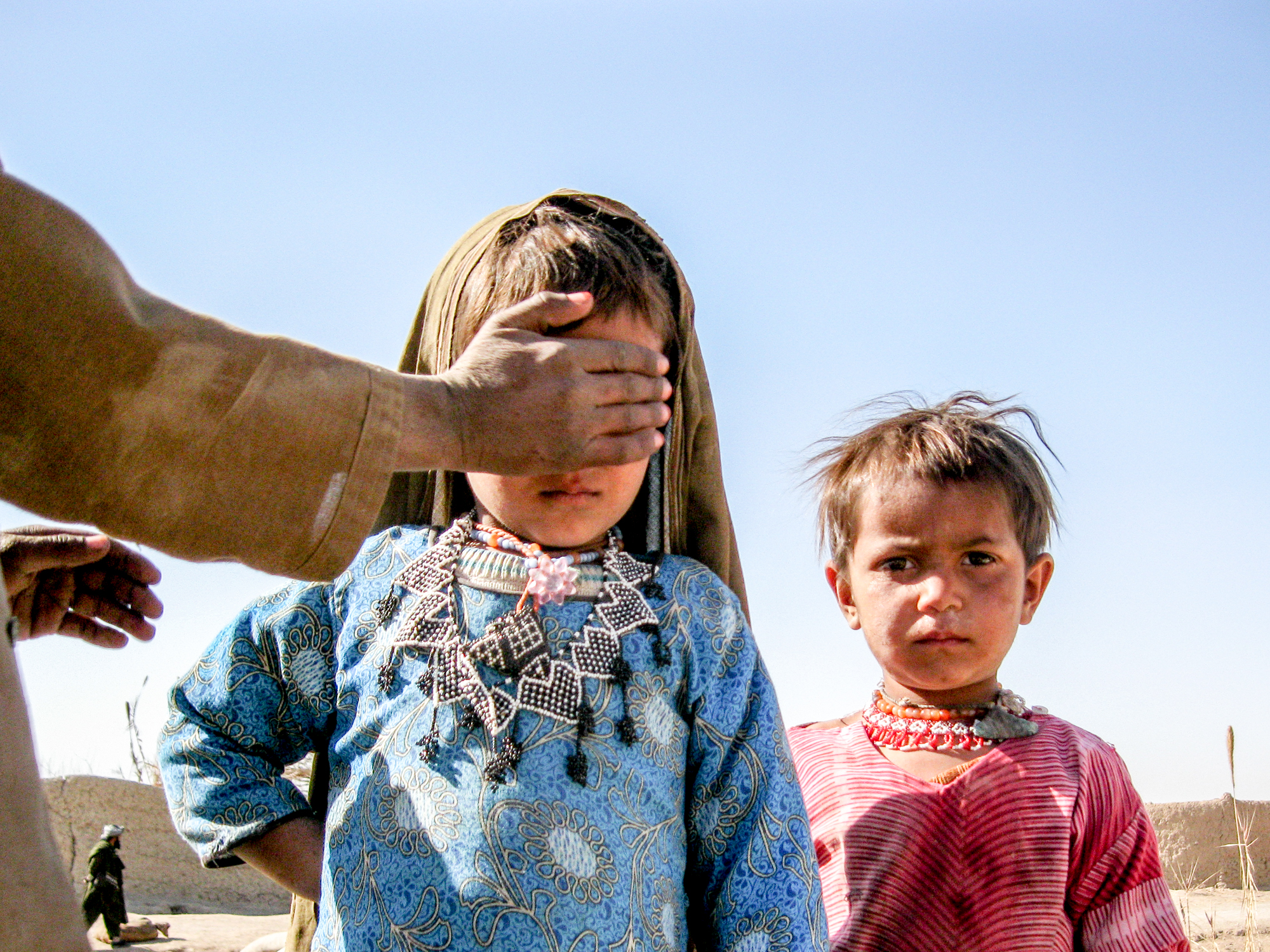
(Photo: Christopher Jones)

Though I met Helmand in 2010, America and Helmand first came together in the early 1950s, when the Shah of Afghanistan asked Morrison-Knudsen, the same American company that built the Hoover Dam and the lauded Tennessee Valley Authority revitalization project, to undertake an ambitious plan to slingshot the restive province into the 20th century. Big on initiative and short on original names, the purpose of the Helmand Valley Authority was to do to southern Afghanistan what the company had done to Tennessee: enable the tremendous agricultural and manufacturing potential of the province with modern engineering and agricultural reform. A hydroelectric dam in Kajaki would turn the Helmand River’s current into electricity for both Helmand and Kandahar Province, electricity that would power a new export pipeline from the rural farms to collection centers in Lashkar Gah and to other larger cities.
Below the dam, the river itself was diverted into irrigation networks that rapidly increased the amount of land that could sustain crops, and cities were created out of the desert with the hope of ending longstanding tribal feuds between local factions fighting over fertile areas. Marjah, the city in which I would eventually spend almost two years fighting as a U.S. Marine, did not exist before 1954. Lashkar Gah itself was called “Little America” by Helmandis, thanks to the sheer volume of Americans who lived there.
Even today there are whole neighborhoods of houses built by Americans in Lashkar Gah. As a local journalist drove me through the city on my visit this year, he pointed out sections of town that used to house Afghans and Americans side by side. “Singles Street,” named for bachelor housing for students of the city’s university but that now houses entire families, sits around the corner from the cultural center that was once an American-built movie theater.
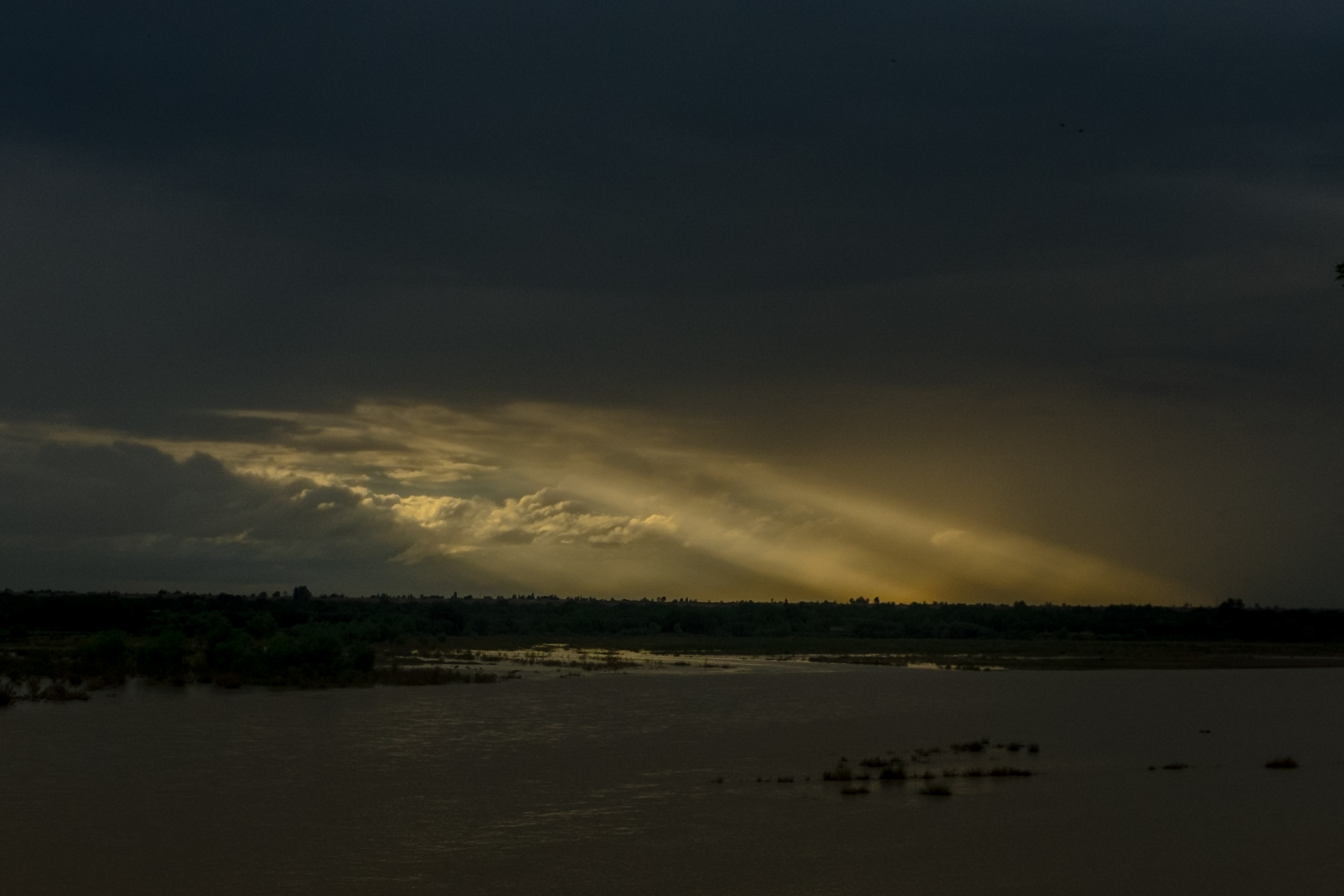
(Photo: Christopher Jones)
Helmandis I spoke with, from government officials to local village elders, speak warmly of the 30-odd years between 1954 and 1979 where tens of thousands of Americans—engineers, teachers, technicians, and families—lived in Helmand. Though younger Helmandis have known only fighting in their homeland, some told me of the stories they’ve heard from their parents and grandparents. Lashkar Gah is a testament to the decades of peace that Helmand enjoyed with Americans before such progress was largely demolished by a half century of war.
Those years of cooperation have made the last 20 years especially cruel for Helmandis, who know the full force of America’s ability to create cities out of sand and to wield money like a hammer as well as like a sword.

A month before my first deployment into Helmand, the leader of my machine-gun section told us to meet him at the company office on Camp Lejeune. He walked in with a stack of papers about two inches thick, slapped it down on a desk with a bang, and gave us all a look we knew meant our lives would depend on remembering what he was about to tell us. “These are the after-action reports for Marjah,” he barked. “This is what we’re about to face.” Someone raised a hand and asked if the papers were the reports for the last nine months. He shook his head. They were from the last two.
For both Afghan soldiers and U.S. Marines, deploying to Helmand means becoming comfortable with the knowledge that the ground under your feet cannot be trusted. IEDs have killed more U.S. service members in Afghanistan than guns have. When we brought jamming devices to stop bombs triggered by car keys and cell phones, the Taliban built pressure plates: two strands of copper wire suspended between wooden planks that, when stepped on, completed a circuit and detonated the explosives buried in the fine dirt nearby. When we brought metal detectors to sniff out the copper, the Taliban laid string across fields—a quick yank would trigger the explosion. We found bombs made entirely of hollowed logs and matchstick shavings, bombs that used light sensors so the explosives would detonate when exposed to the sun, bombs in trees, bombs in walls, on donkeys and under dogs. It is hard to describe how fundamentally your sense of the world changes when every facet of your surroundings is used to try and kill you. By the time we returned to America, three Marines from our unit had been killed by IEDs. But America and the White House were already trying to leave—not win—the war, just as I began fighting it.
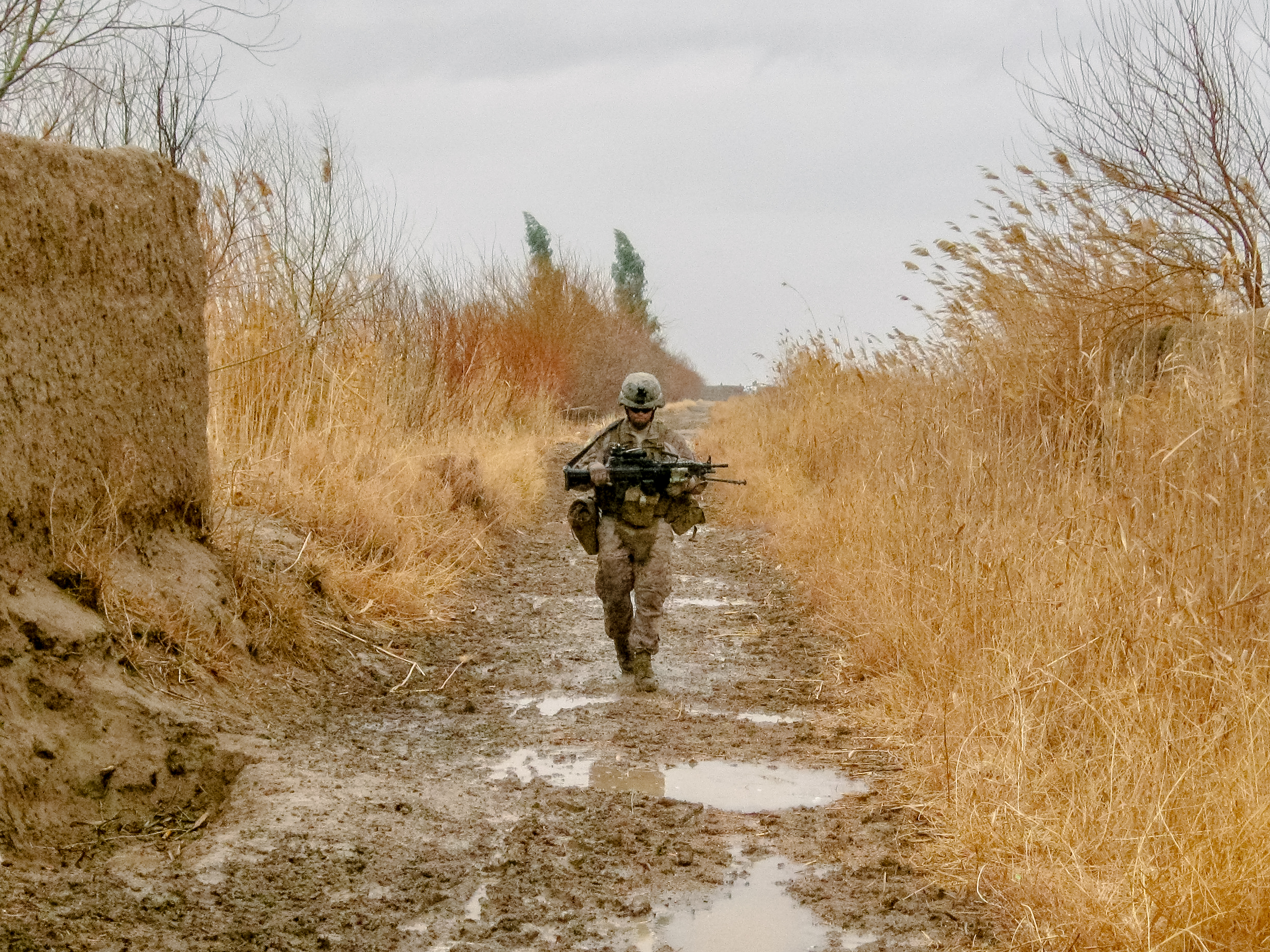
(Photo: Christopher Jones)
Two months before we set off for Marjah in 2010, President Barack Obama announced that combat missions would end in Afghanistan by 2014. Obama’s announcement frustrated many in the U.S. military who could not comprehend how we were supposed to defeat the Taliban with a time limit, since the insurgents merely needed to slip back south into Pakistan, which borders Helmand, and wait us out—which they did. When my unit redeployed to Afghanistan in the winter of 2012, we could feel the clock ticking. We knew the Afghan military was far from ready to stand on their own against the Taliban, and their only hope for survival rested with our ability to drive the Taliban as far into the desert, away from the civilians, as possible.
My second deployment was again to Marjah, but we quickly learned that the war we returned to was not the one we’d fought a year before. Our mission was no longer to win, it was to not die. Washington, D.C., wanted a clean end to the fighting by 2014, and they could not have a repeat of the American casualties that had come the three years before.
How could we call an end to combat operations if there was too much evidence that the fight was far from over? The solution, apparently, was to lie. If Marines stopped going outside our bases, the Taliban couldn’t shoot us, couldn’t blow us up. Then the generals could brief Congress and the White House, showing the lack of combat deaths as proof that the area had been pacified, that the Taliban were subdued, and that the Afghan forces were able to hold the area. A saying emerged from those final years of fighting: “When FORCEPRO (Forces Protection) becomes the mission, there is no mission.”
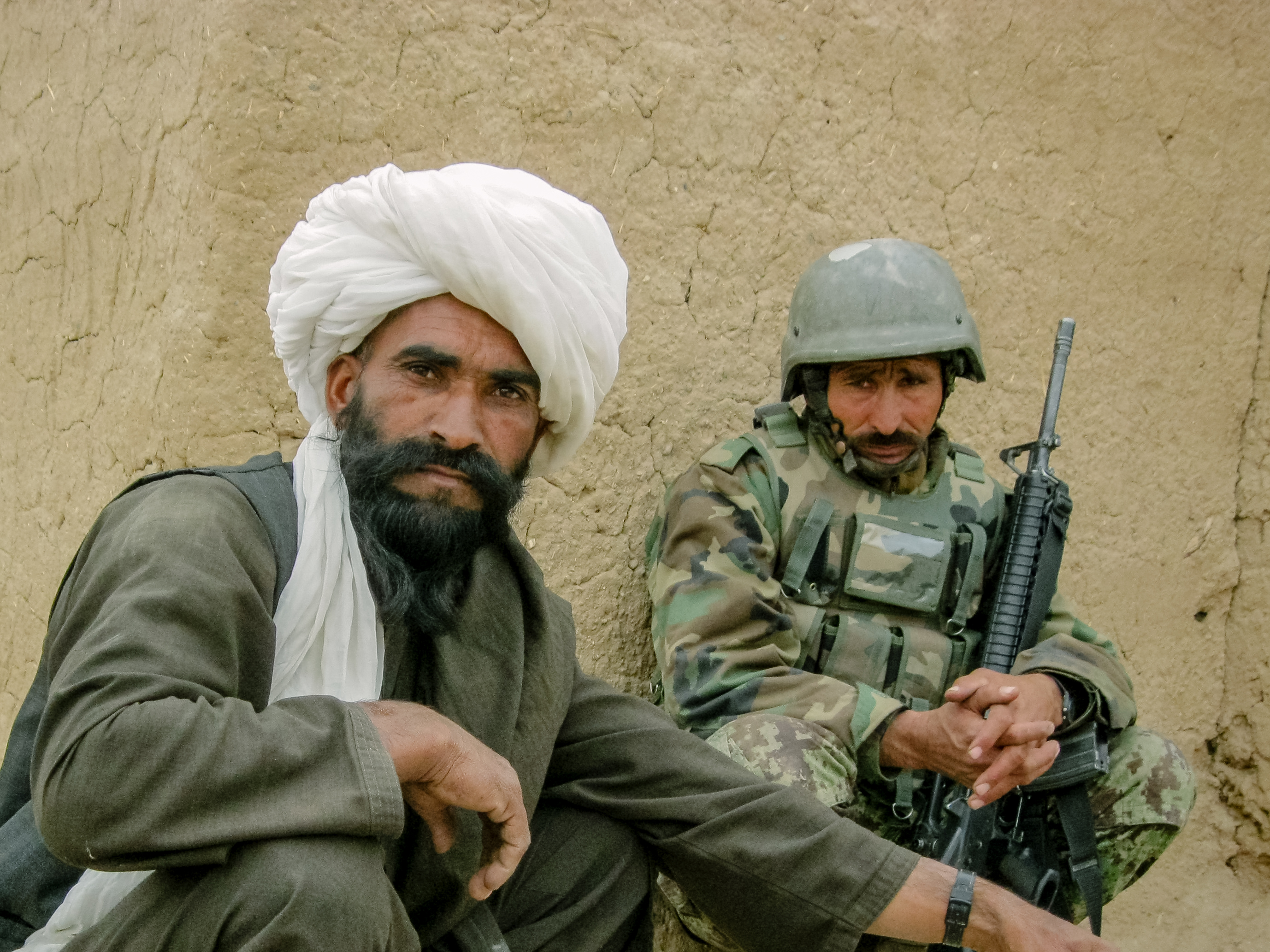
(Photo: Christopher Jones)
It helped that we did not track or report the number of Afghan army casualties. Our Navy medics spent many nights in the spring and summer of 2013 huddled over the mangled bodies of Afghan soldiers brought to us in the back of pick-up trucks. From our guard posts, we watched the Afghan soldiers fight the Taliban just out of reach of our guns, tracers arcing across the sky and RPG and artillery explosions lighting up the horizon. We bristled, angry at the tightened leash, disillusioned by watching our allies lose a war we weren’t allowed to fight.
Before we left, we demolished our old patrol bases and outposts, handed some over to the Afghan National Army, and ignored their requests for assistance. As we convoyed out of Marjah for the last time in the summer of 2013, we tried to push Helmand as far from our minds as possible.

By 2016 Helmand had fallen almost entirely to the Taliban. First to fall were contested cities like Sangin and Trek Nawa, then those where U.S. and Afghan troops had brought something akin to peace, like Garmsir and Marjah. Government forces abandoned their positions, retreating again and again until only Lashkar Gah was under government control. Before the retreat, forces were slaughtered. The Taliban deployed highly trained shock troops and struck isolated outposts with overwhelming force. There were no airstrikes to save the ANA soldiers, no MRAPs—large anti-mine vehicles—to provide cover. The ANA was left to fend for itself, then mocked as cowards by American observers when those who survived the onslaught fled their positions for the relative safety of Lashkar Gah.
When U.S. Marines were first sent to Helmand in 2009 the leaders decided on a slogan to promote a sense of unity between the U.S. and Afghan soldiers: “Shona ba shona,” a Dari phrase that means “shoulder to shoulder.” (Most of the Afghan military is made up of Dari-speaking Afghans from the northeastern part of the country. The southern provinces—Helmand and Kandahar especially—almost exclusively speak Pashto, and are where the Taliban exert most of their control and influence.) “Shona ba shona” was the only Dari many Marines would ever learn, as we were more interested in knowing how to tell a suspected Taliban fighter to “get on the fucking ground right now,” in Pashto than exchanging pleasantries with the Afghan soldiers we patrolled with.
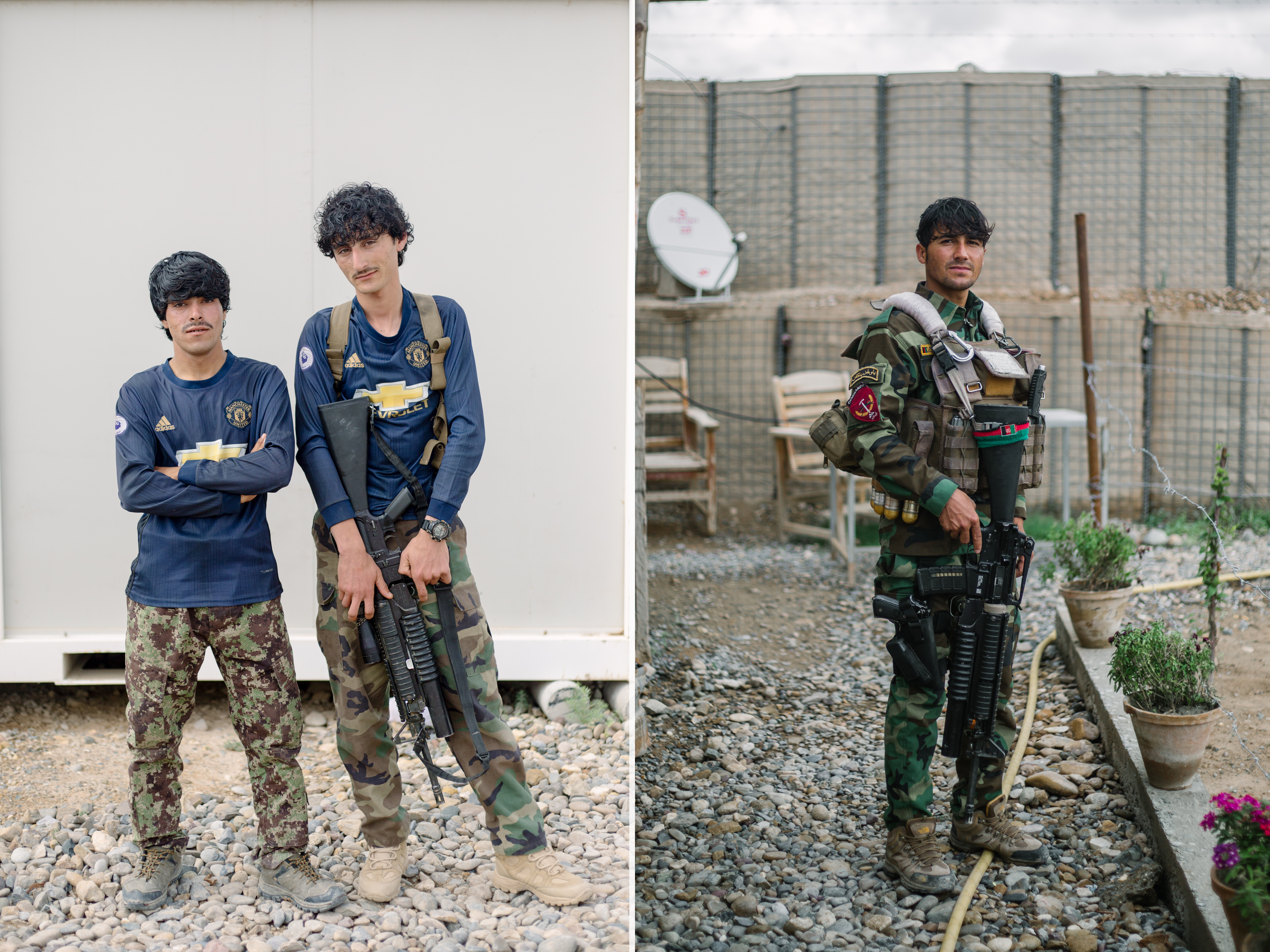
(Photos: Christopher Jones)
Marines and ANA soldiers didn’t get along in 2010, or in 2013, as we Marines were frustrated by the Afghan soldiers’ inability to fight like us. We didn’t stop to care that their training lasted for a fraction of the time that ours did, or that they lacked an established cadre of experienced professional officers, or that they were unpaid, under-equipped, and deployed in their own backyard. They were supposed to fight like us, and it was some failure in the nature of Afghan culture that made them so ineffective. Green on blue attacks, where an Afghan soldier would kill Americans on shared bases, only served to further the divide. There were almost 100 of these attacks between 2008 and 2017, but 2012 was the worst year with 44 reported incidents. Americans and Afghans were no longer living on shared bases by the time we returned.
Perhaps this forced alienation made it that much easier to leave the bases in 2014, made it that much easier to let “shona ba shona” become another lie we told the people of Afghanistan. It’s easy to ignore the fact that Afghan security forces are fighting America’s longest war, that they die on the frontline of a conflict that America started and now so desperately wants to weasel out of.
In 2016 U.S. Marines returned to Helmand and helped the beleaguered Afghan Army and National Police forces push the Taliban back. Today, the Afghan Army, still supported by U.S. Marines and American aircraft, hold a tenuous line of territory in the province, and Lashkar Gah is no longer surrounded.

When I returned to Lashkar Gah last month, spring had just begun. Spring in Helmand is a double-edged sword. The rains are a blessing to farmers regardless of what they grow. Spring is the best time to sample Helmandi cucumbers, tomatoes, grapes, pomegranates, and meaty peaches that give Georgia’s a run for their money. The populated areas become humid and green.
Anyone who’s fought in Helmand—American, Taliban, and Afghan Army alike—can tell you about the other side of the blade and how sharply it cuts. Spring means the poppy harvest, and opium exports fund the Taliban and drug gangs across the country. Thousands of Taliban fighters put down their guns for the harvest, with the blessing of their commanders. For a few weeks the province is peaceful, but it’s a fleeting quiet that everyone knows will end as soon as the poppy bulbs have been bled dry of the milky white fluid that is quickly turned into black tar heroin. Once the harvest is done, the men return to their commanders, and the annual fighting season begins. The halcyon moment of deep sunsets and light breezes in an unpolluted, restive land is shattered by months of bloodletting that only pause once the winter arrives again.

(Photo: Christopher Jones)
The most common refrain from Helmandis when asked about the potential for a peace deal is that this is a problem entirely out of their hands. “Peace is the order of God,” said one village elder.
“This fight isn’t really our fight,” explained another.
“You [Americans] guaranteed security. Finish this, then leave,” argued a third.
The eyes of a former district governor from Garmsir, Hajji Abdullah, lit up when he reminisced about the Marine officers he worked with in the early 2010s. His time as district governor brought a level of stability to Garmsir that few expected, and a book was written by a Department of State political officer who worked with him describing his success at managing local power dynamics. Abdullah was heralded as an example of how hyperlocal peace efforts, connecting villages and tribes through a shared desire for peace and mutually beneficial economic progress, were the roadmap for an end to the war against the Taliban. And though Helmand Province is mostly notorious for its main export—opium—it’s also exported a fierce desire for peace.
For some, that desire manifests itself in sacrifice. A village elder told me he’s lost seven men from his family fighting against the Taliban: four nephews and three sons. For others, it’s manifested in a grassroots peace movement that started when a handful of Helmandis marched from Lashkar Gah all the way to Kabul to protest both sides in the war, demanding an end to fighting that has done little more than ensure civilians have died at an increasing rate over the years. By the time they reached Kabul itself, the number of marchers had gone from eight to over a hundred. The People’s Peace Movement grew out of the support for those first marchers in Helmand and other provinces since then, and has held demonstrations against both the Taliban and the Afghan government forces. The movement is symbolic, frustratingly fangless in a country caught between a corrupt government in Kabul and the merciless alternative of Taliban rule.
Today, even Hajji Abdullah believes that the end of the war will not be found in Helmand. “I don’t believe either side” of the Doha talks between the Taliban and U.S. government representatives, he explained. “There are lots of big hands inside this issue.”
But until those big foreign hands can sort themselves out, Helmand Province will continue to suffer. The United Nations recently released a chilling statistic: U.S. and Afghan forces have killed more civilians in 2019 than the Taliban has. Though that number has been challenged by both the U.S. military and the Afghan government (Taliban fighters killed without their weapons are sometimes reported as civilian casualties, and verification is difficult if not impossible in many cases), the number of women and children killed this year alone has cast a dark shadow across the Afghan government’s reputation, already darkened by corruption and an inability to bring an end to the war.
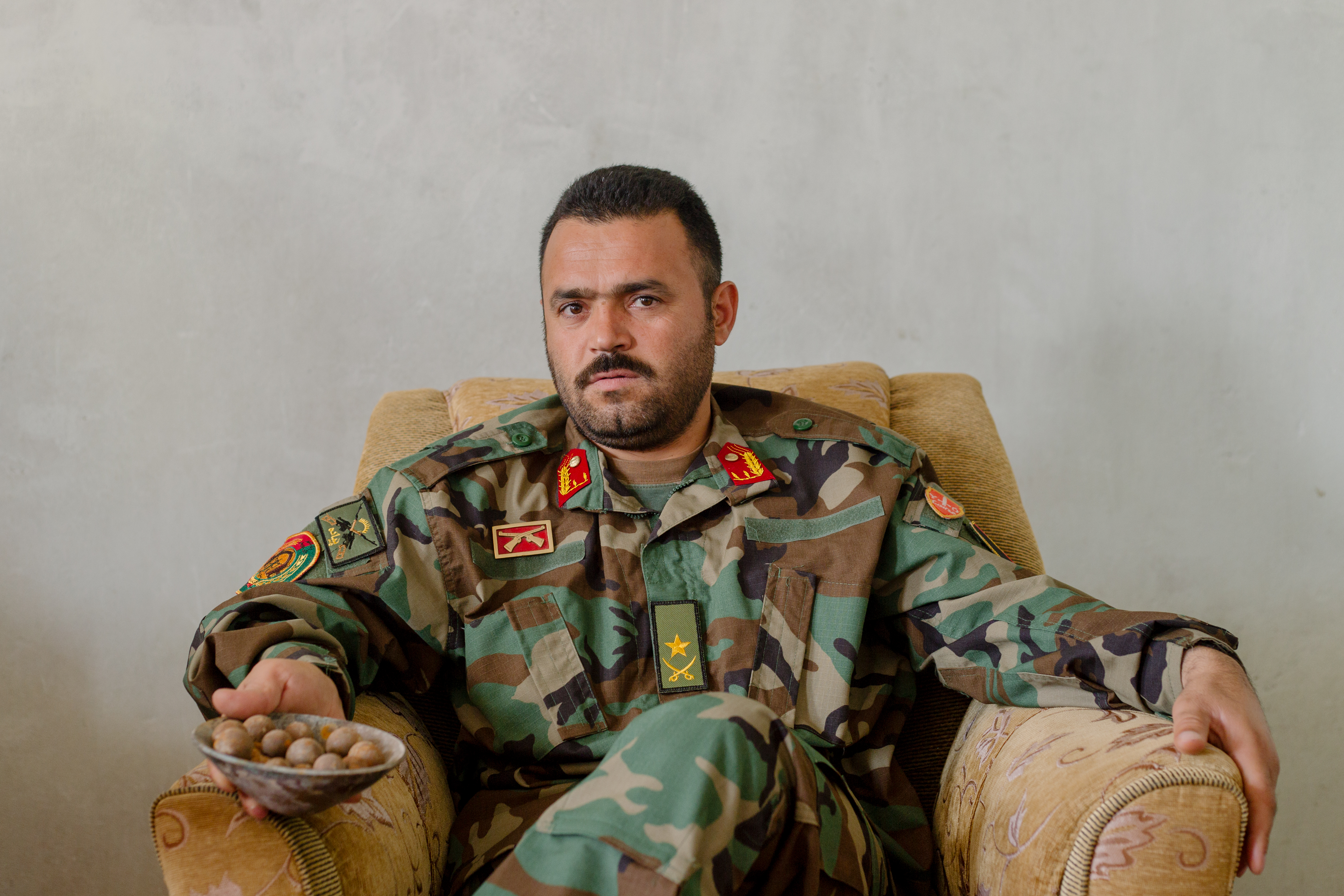
(Photo: Christopher Jones)
Of course, despite what those involved in peace talks might discuss, war is hardly the only hardship that Helmandis face, and they appear to be facing a new killer, one that has begun displacing more people than the war itself: the increasingly catastrophic effects of the global El Niño weather cycle exacerbated by human-made climate change. Rising temperatures have accelerated the melting of snow in northern Afghanistan, and flash floods have killed dozens and displaced over 100,000 families in Helmand and neighboring Kandahar Province. At one point the Taliban asked government forces to help rescue civilians trapped on the roofs of their homes. The Helmand River flooded, and stayed flooded. The topsoil near the river, already struggling to retain water after years of drought and overworked for poppy cultivation, will undoubtedly be damaged for years to come.
Without war, such a disastrous change to the ecology of an intensely agricultural society would be devastating. But the Taliban and the U.S. representatives in Doha aren’t concerned enough with what happens to families and their farms in Helmand to implement a ceasefire. Helmandis cannot wait for foreign hands to bring peace. Some affected by the flooding were able to get government assistance, though it’s too late to replant for a harvest this year. Many of those who lost their homes and family members will join the estimated 1.5 million Afghans who’ve become refugees in their own country, moving to ramshackle camps on the outskirts of major cities like Kabul, Herat, and Kandahar City.
In Afghanistan, things can always get worse.

The Afghan National Army soldiers stationed in Helmand cannot wait for peace talks in Doha to end the fighting. Despite ongoing peace negotiations (that have notably excluded the Afghan government), there has been no ceasefire nor indication that the American representatives are pressuring the Taliban to implement a break in hostilities.
Three days before our arrival, the Taliban announced their spring offensive. They named it Victory, and a letter sent to local Taliban commanders laid out guidelines for how to wage their annual bloodletting. The biggest change this year is less emphasis on killing Americans and more on killing Afghan soldiers, police, and government workers. The military and police officers with whom I spoke describe this as a ploy to expedite the withdrawal of U.S. support of the Afghan government and military. The letter also said the Taliban will focus on killing “spies,” which many journalists have been accused of being before being murdered by the Taliban.
On the outskirts of Lashkar Gah, I met Major Hedayat Rasouly, the commander of an ANA brigade in the 215th Corps responsible for defending a stretch of highway between Lashkar Gah and Kandahar City. Unlike the majority of Afghan soldiers in Helmand, Rasouly was born and raised in a small village about 12.5 miles west of where his men and he now patrol. There are attacks in his hometown on a daily basis, and he speaks often over the phone to his family still living there.
When we passed the last checkpoint that marked the outer limit of Lashkar Gah, the Afghan journalist driving with us shifted in his seat, his shoulders tensing. The Taliban controlled territory on either side of the highway. A Taliban flag could be seen about 220 yards to the east, belligerent and piercing as it billowed over a copse of trees. Whenever Afghan government forces attempted to take the flag down, sniper fire would send them running. To the west lay the foothills of mountains completely controlled by the Taliban, undisturbed by Afghan forces. But the road was open, and Afghans could move relatively freely between Helmand and Kandahar. Twice a day, Rasouly sends his counter-IED teams to clear the road of explosives, finding as many as 18 newly planted bombs in a single day.
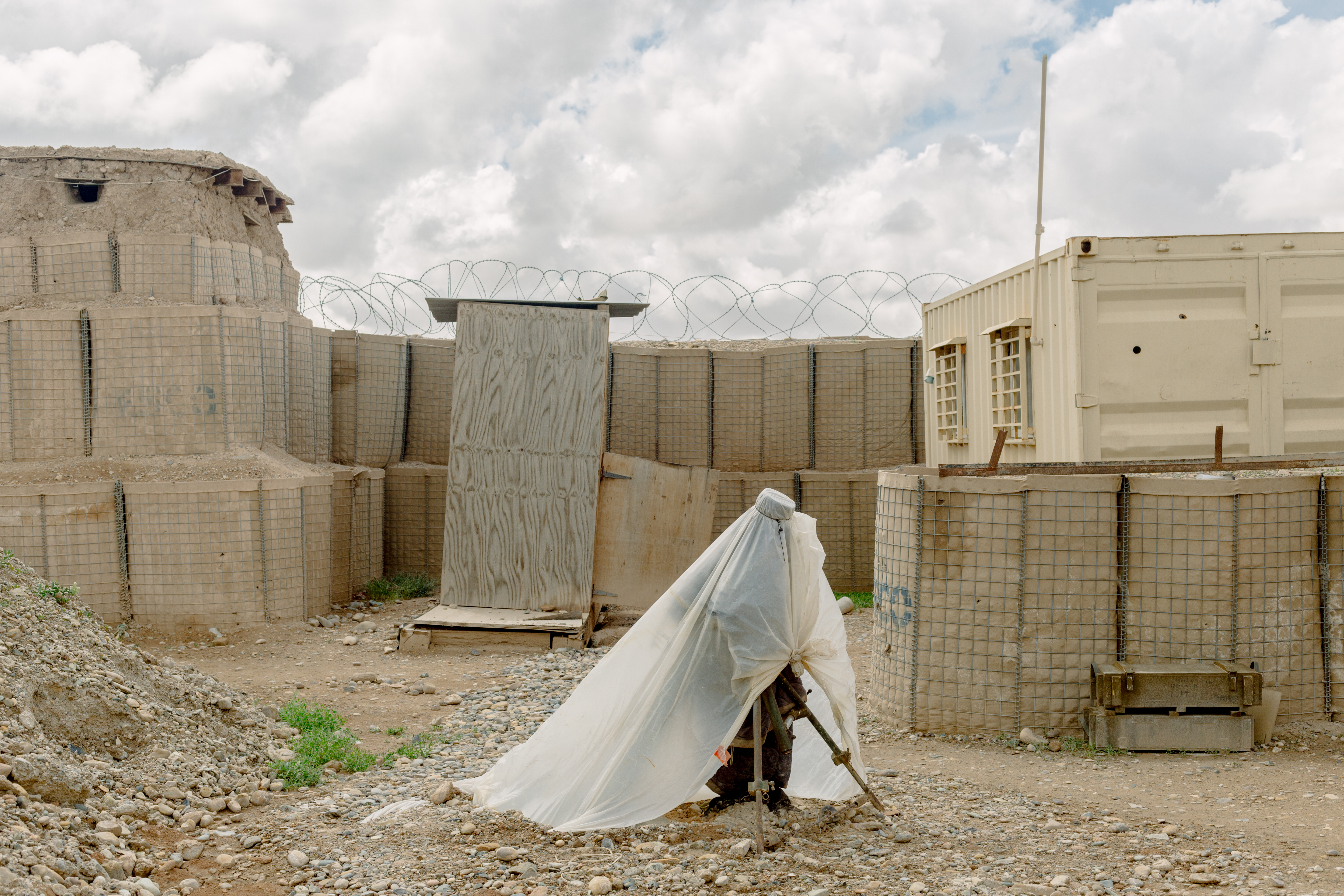
(Photo: Christopher Jones)
The ANA base was quiet when we arrived. Most of the soldiers stationed at the base were on patrol, some sweeping the road for IEDs, others resupplying the dozens of small checkpoints manned by Afghan soldiers that ostensibly prevent the Taliban from moving freely through the area. The tactic is similar to the U.S. Marine approach to keeping Helmand secure: flooding the area with small patrol bases with 20 or so Marines, sending out patrols constantly to keep the Taliban from being able to amass their forces anywhere undetected. But the ANA has famously suffered from a lack of personnel, and its effects are exacerbated to an extreme in Helmand Province. In an area that would have been secured by two Marine companies—about 500 Marines—Rasouly has 130 soldiers.
The day before we visited Rasouly’s base, he took his first casualties since assuming command of the brigade seven months ago. A former soldier who’d left the Afghan army in 2012 after his brother was killed returned to the 215th Corps a month ago. Though the ANA is desperate for more men, new recruits and returning veterans are treated with extreme suspicion and are vetted by the Afghan government’s intelligence wing, the National Directorate of Security, before being allowed to rejoin their unit. This soldier was cleared, and the day before we arrived, he helped Taliban fighters sneak into his small outpost, where they killed three sleeping Afghan soldiers before slipping away.
Insider attacks have become more frequent against government forces in Helmand. This March, another one sparked a three-day battle at Shorabak, the largest Afghan National Army base in Helmand Province attached to a U.S. Marine base.
Before this insider attack, Rasouly had remarkable success as commander of his brigade. When he first arrived, the unit was in shambles. Most of the checkpoints had no radio to communicate with other outposts. Soldiers rarely patrolled, and Rasouly quickly began increasing the number of operations, even beginning ambushes against the Taliban. No military success goes unpunished: Because Rasouly has been able to hold his area so effectively, supplies and new soldiers are instead sent to commanders who are struggling.
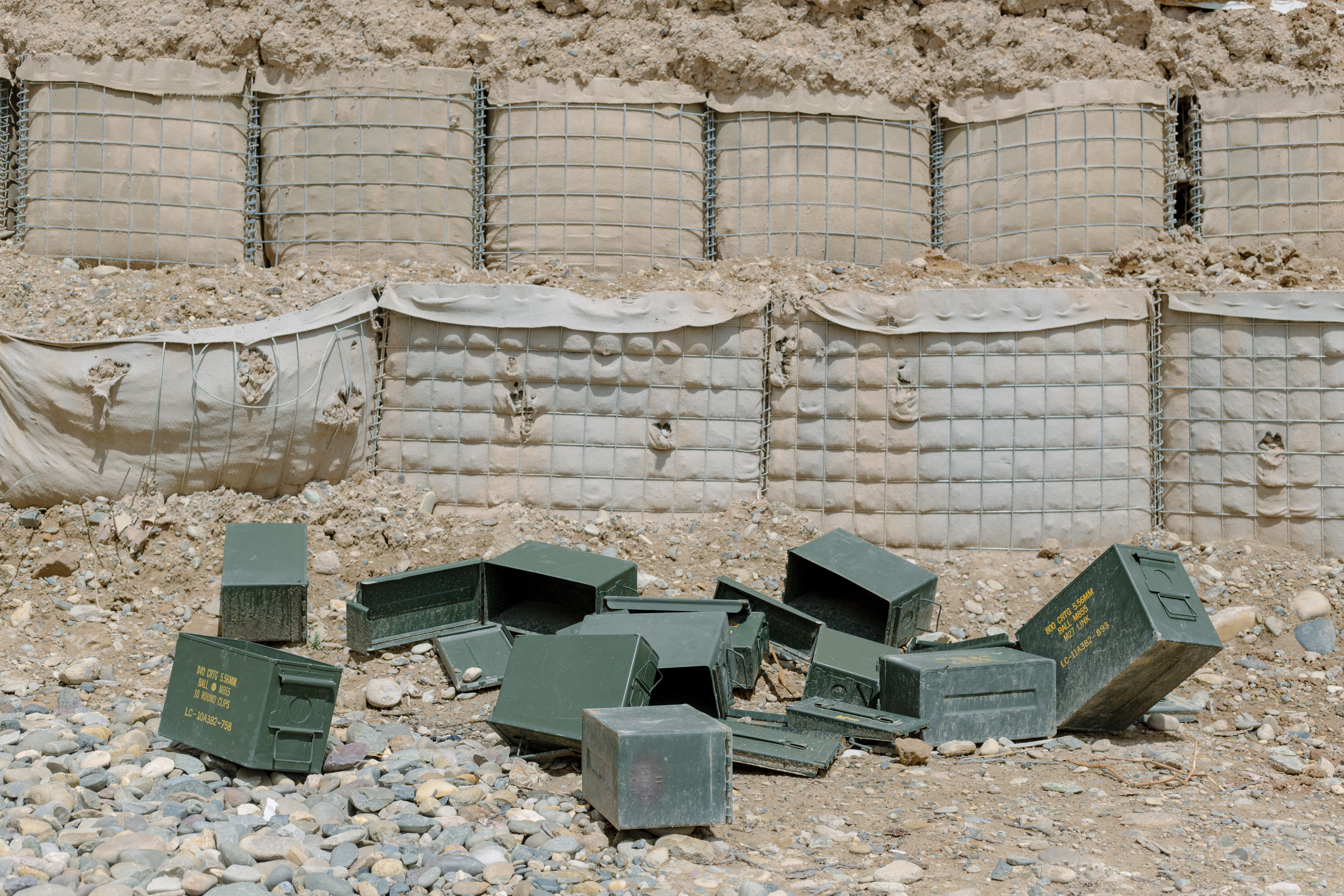
(Photo: Christopher Jones)
Rasouly believes the Taliban are weaker than in previous years and suggests the emphasis on insider attacks are a sign of desperation, not strength. However weakened the Taliban may be, Rasouly is quick to point out that the Afghan forces have not been able to hold out alone: The U.S. Marines stationed at a small patrol base in Lashkar Gah and the more remote Camp Leatherneck facilitate airstrikes that have helped the Afghan forces hold the line. “It’s very important, the air support,” Rasouly said, nodding for emphasis. “We need more.”
I asked him if the reports were true that U.S. airstrikes were predominately killing and wounding civilians, and if the backlash from locals was perhaps negating the ANA’s tactical advantage. Rasouly acknowledged that civilian casualties do happen, but he argued that the numbers are grossly inflated by the Taliban and U.N. reports due to miscounting of Taliban forces as civilians.
When I asked him what would happen if the Marines left again, taking their air support with them, he shrugged and gestured to the surrounding area. “We will fight. I will never stop fighting them.”

In Nad Ali, a town just across the Helmand River from Lashkar Gah that was one of the last to fall during the Taliban’s 2016 offensive, the Afghan Local Police headquarters feels surrounded: In a few directions, it’s impossible to see more than a few feet before the view is obscured by overgrowth. Along the road from Lashkar Gah, crumbled mud wall foundations are garnished with barbed wire coils, the remnants of British patrol bases destroyed by the Taliban when the insurgents retook the city. About a quarter mile from the headquarters, I’m told that what I thought was a pond is actually the crater from a single U.S. bomb dropped during the fight to retake the city. The town now is “controlled” by the Afghan government. Daily reports of attacks against police checkpoints show how tenuous that control really is.
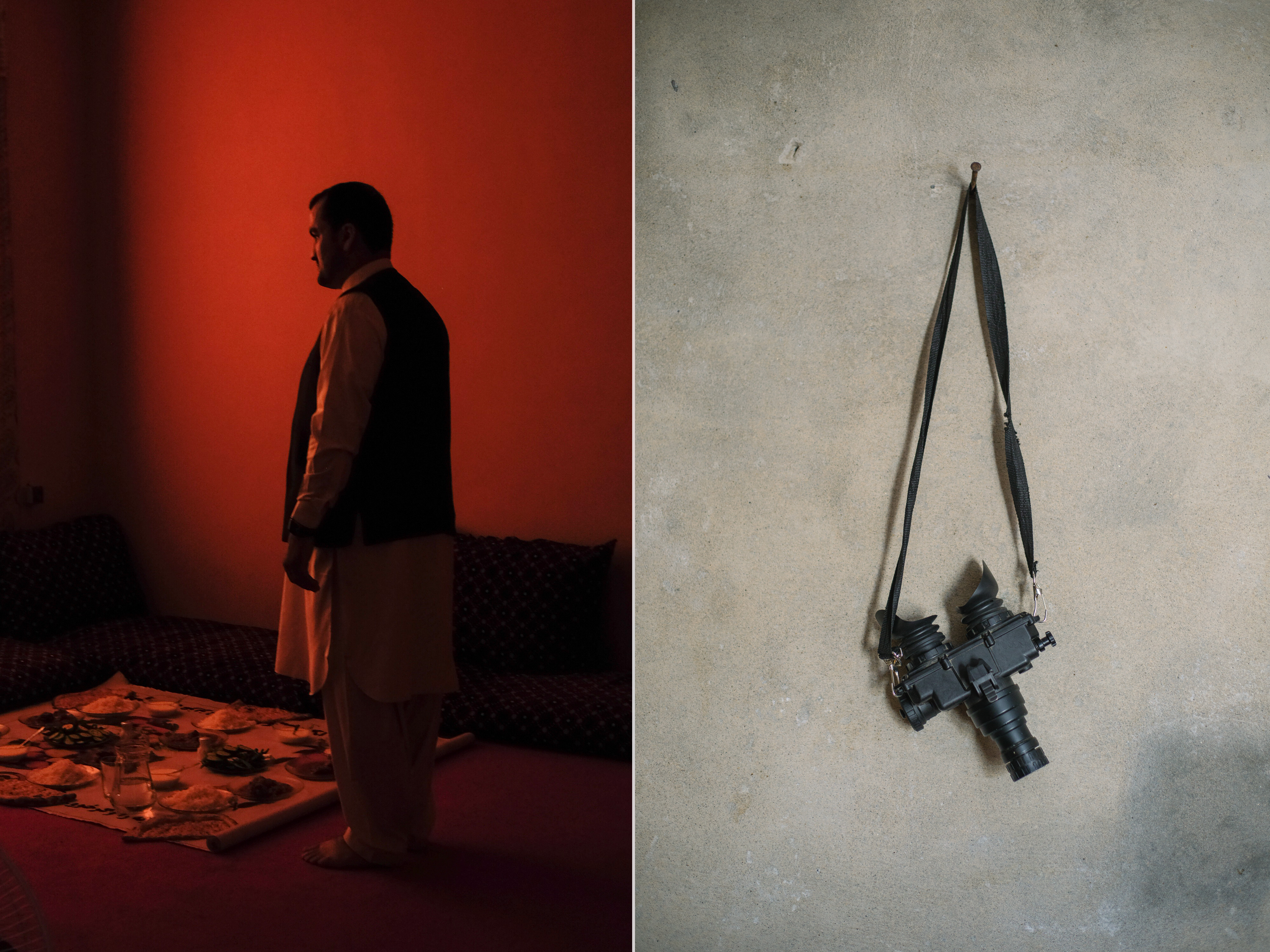
(Photos: Christopher Jones)
At the Afghan National Police headquarters in town, I sat down with the acting deputy commander of the post. Acting, because the appointed deputy commander is afraid to leave Lashkar Gah to join his men in Nad Ali. In his stead Asmadullah, a 57-year-old former teacher with kind eyes, leads the police force of this town.
Asmadullah is concerned.
“I don’t think the future will be calm,” Asmadullah told me when I asked about the coming months, “but we will never allow the Taliban to take the whole city.” He, like many members of the Afghan security forces, puts little stock in talks between U.S. representatives and the Taliban in Doha, Qatar. His calculus is simple: “If the U.S. puts pressure on Pakistan, then there will be peace. If not, no peace. Talks don’t change anything. The fighting has only increased.”
I asked Asmadullah about what lessons government forces learned from their defeat in 2016, and he quickly interjected with very Marine rebuttal. “We were not defeated,” he said forcefully, “only surrounded.”
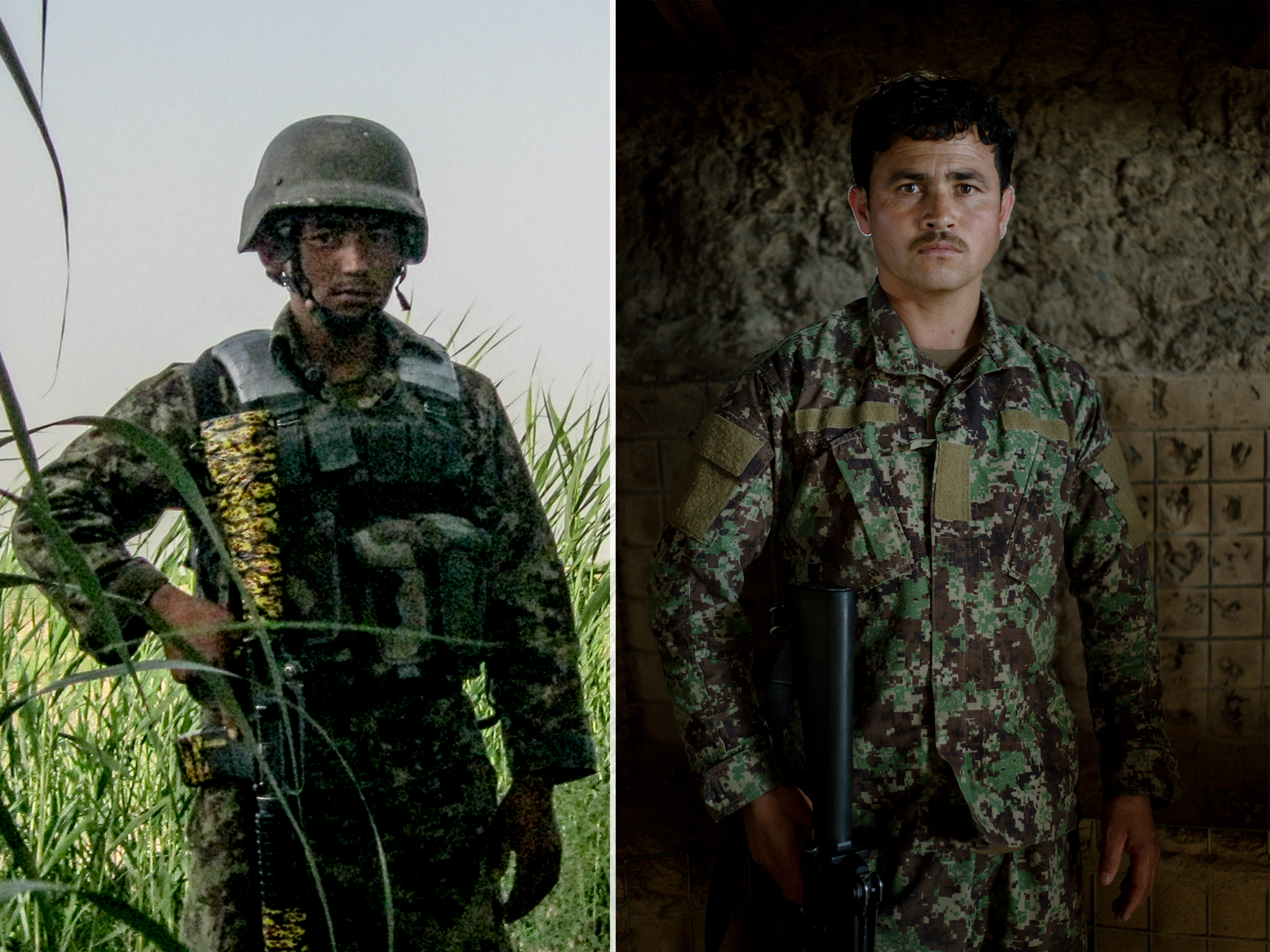
(Photos: Christopher Jones)
Fighting in Helmand requires one to become accustomed to being surrounded. The Taliban have the benefit of numbers, IEDs, and extremely powerful drug lords who supply the Taliban with fighters and a source of income. Even when more than 20,000 U.S. Marines were deployed across the province, firefights were often in two or more directions. It’s a disturbing feeling when the bullets come from another direction, and an entire tree line to your left or right erupts with gunfire.
As Marines, we brought enough “ass”—shorthand for guns, grenades, helicopters, everything we needed to kill those brave and stupid enough to fight us—to fight through ambushes. When a Marine squad was pinned down by enemy fighters, we’d call in attack helicopters, F-18s, and C-130 gunships. Our armored vehicles could withstand RPGs and all but the largest of IED strikes. A .50 caliber machine gun or automatic grenade launcher mounted in the turret would make short work of an enemy position, or at least provide enough cover for Marines on foot to get out of an ambush.
The darkest days of a combat deployment to Helmand were those when air support and vehicles weren’t available, and the Taliban often tried to draw Marines into fights where the planes and trucks couldn’t come to help. If Afghan government troops are faced with holding off the Taliban alone again, there will only be dark days.

America seems unanimous in its desire to let this happen. Survey after poll after opinion piece over the last year has shown that Americans—regardless of political affiliation, age, and military experience—desire a full withdrawal of U.S. troops from Afghanistan. The desire is justified by counting American lives lost and American dollars spent.
The same year that 45 Marines were killed in Marjah, the Pew Research Center reported that less than 4 percent of U.S. news coverage was focused on Afghanistan. It seems like the American public has spent the last 20 years largely ignoring a war that less than 1 percent of Americans participated in, only to decry its continuance because we cannot commit to fully supporting the Afghan people, or think of any other approach to creating peace in Afghanistan than fully abandoning the country or making the same mistakes of the last 20 years.
The fact that the war has gone poorly is often blamed on the Afghan government, on Afghans themselves. There is rarely any talk of what will happen to Afghans when we leave. Many voices suggest that Afghanistan is becoming another Vietnam, yet their argument to prevent such déjà vu seems to be repeating our “peace with honor” that led to the fall of South Vietnam within a year of our retreat. In order not to lose the war, we should lose the war.
Though Vietnam is the most apt comparison to the current war in Afghanistan, it’s not the only war America has fought. After World War II, Japan experienced what is most commonly referred to as an “economic miracle”—subsidized by the U.S. government, and enforced by U.S. troops who remain permanently stationed there to this day. The Korean War was ended by truce, and the country was cut in half. But South Korea today is a powerful and supportive ally to the U.S. The war cost 36,000 American lives and $276 billion, as well as almost 1.7 million Korean lives.
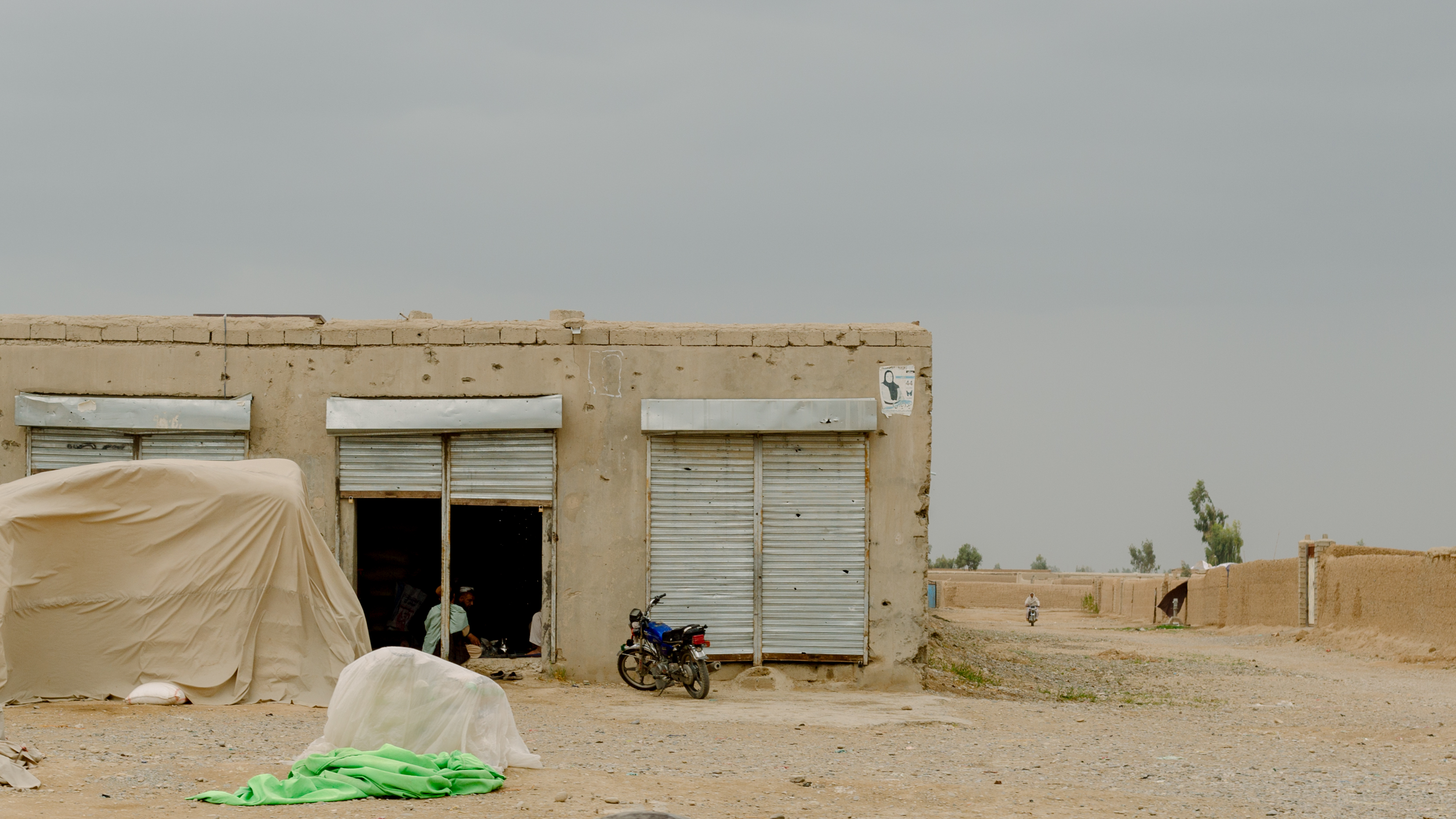
(Photo: Christopher Jones)
Perhaps there is no historical example that can provide a roadmap for creating a lasting peace in Afghanistan. This former machine gunner with a camera certainly doesn’t have the answer. But maybe a solution lies not in foreign wars but in domestic ones, just as the Helmand Valley Authority was inspired by one in Tennessee.
In the New York Times editorial board op-ed from February 3rd, 2019, demanding a full withdrawal from Afghanistan, much attention is paid to the fact that we invaded Afghanistan with no clear idea of what victory would be. Later in the piece, the editorial board argues:
The initial American objective—bringing bin Laden to justice—has been achieved. And subsequent objectives, to build an Afghan government that can stand on its own, protect the population and fight off its enemies, may not be achievable, and certainly aren’t achievable without resources the United States is unwilling to invest.
The op-ed’s post hoc retelling of the war’s main priority to be killing bin Laden and not helping the people of Afghanistan is counter to the reality. I was in Marjah when Osama bin Laden was killed by Navy SEALS in Pakistan and his body was heaved over the side of an aircraft carrier into the ocean. I watched hundreds of thousands of New Yorkers celebrate in the streets of Manhattan when the news broke on a TV at COP Kelly, our company’s main base in central Marjah. It was the only television I had a chance to watch during the nine-month deployment, as we were only there for a few hours before returning to our much smaller patrol base a half mile away. For days afterward we joked, “Do they think the war’s over now?”
Those of us deployed to Afghanistan in 2010 didn’t join the military to kill Osama bin Laden. We went to Afghanistan because we were told to, because Afghans wanted peace, because we were the best fighting force in the most powerful country. Because our leaders assured us we were committed to peace in Afghanistan because it was synonymous with peace in America. To suggest that the “initial American objective” in Afghanistan was to kill a diabetic al-Qaeda leader seems to ignore the commitment the United States of America made to the Afghan people, a commitment to help them bring peace, not to kill bin Laden. While America may have changed its mind about our commitments, most Afghans have not—though that number is quickly shrinking as it becomes more and more evident that we are attempting to sneak away from the war we started in their homeland.
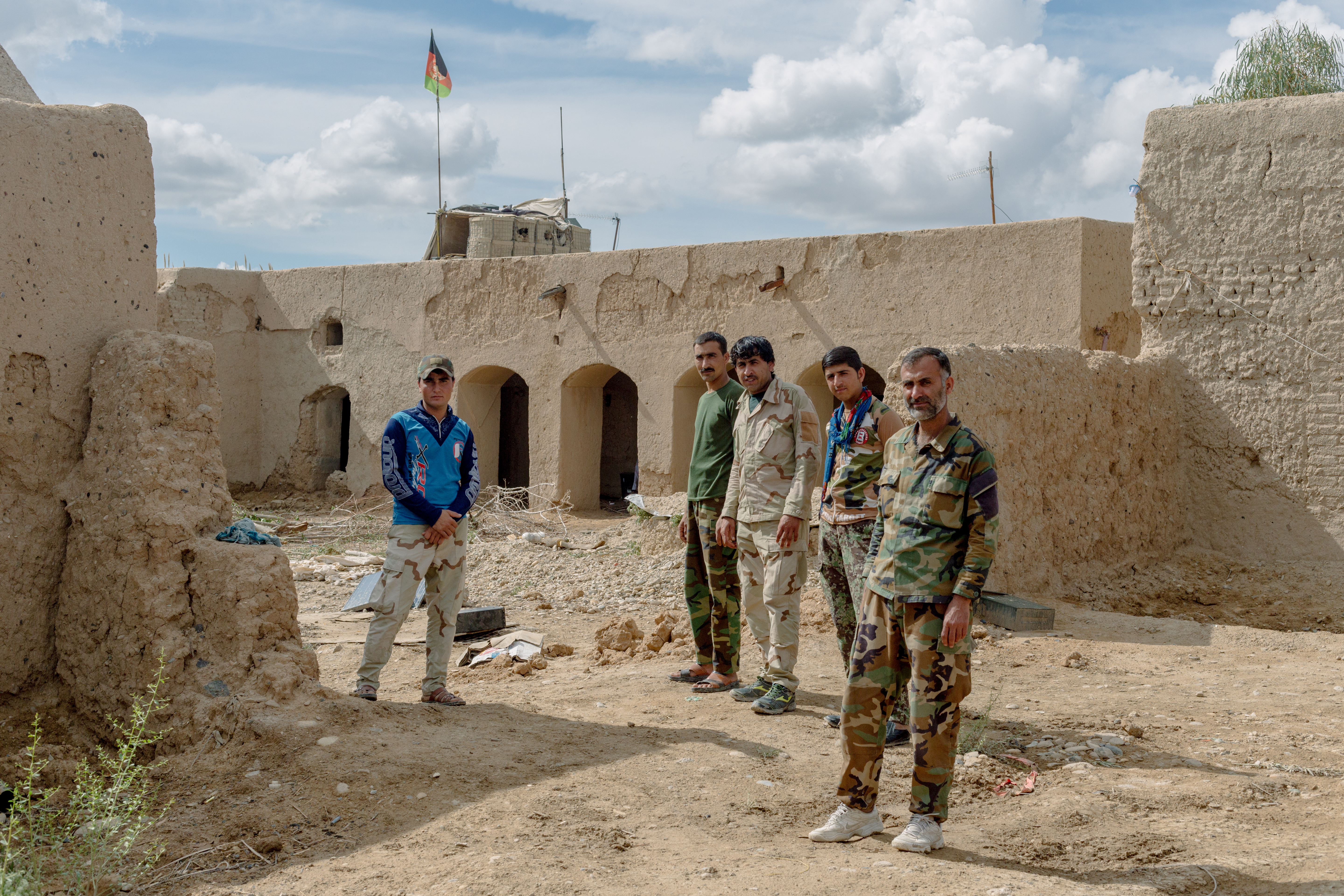
(Photo: Christopher Jones)
The Afghan National Army—indeed, the Afghan government as a whole—was designed, trained, equipped, and abandoned by the United States of America. Its failures are our failures, and the ANA’s survival in Helmand is still, by its own admission, existentially dependent on the limited support it receives from the few U.S. troops still operating there. Just as Helmandis remember the decades of cooperation with Americans, they will remember our war and our unkept promises far longer than we will.
In the Marines there’s a phrase for someone who can’t be trusted, who’s more interested in himself than in the man or woman to his left and right. We call them “blue falcons,” code for “buddy fucker.” A blue falcon is the type of Marine who shirks responsibility, passes the buck, and hides from hard work.
On the drive back to Lashkar Gah from Major Rasouly’s ANA checkpoint, we passed the Taliban flags along either side of the concrete artery connecting Lashkar Gah to the rest of the country. We passed the grounds of a half-finished university campus, begun during better days with an eye toward a peaceful future, and families gathered around a small creek in the shade, a disturbingly fleeting glance at the peace this war destroyed on a daily basis. We passed through checkpoint after checkpoint manned by young Afghan soldiers and police—checkpoints that had no choice but to wait for when, not if, the Taliban attacked again.
As we drove through the archway noting our entrance back into Lashkar Gah, past a bustling marketplace in the city that was once a slice of my homeland, I couldn’t help but feel that America is Afghanistan’s blue falcon.





